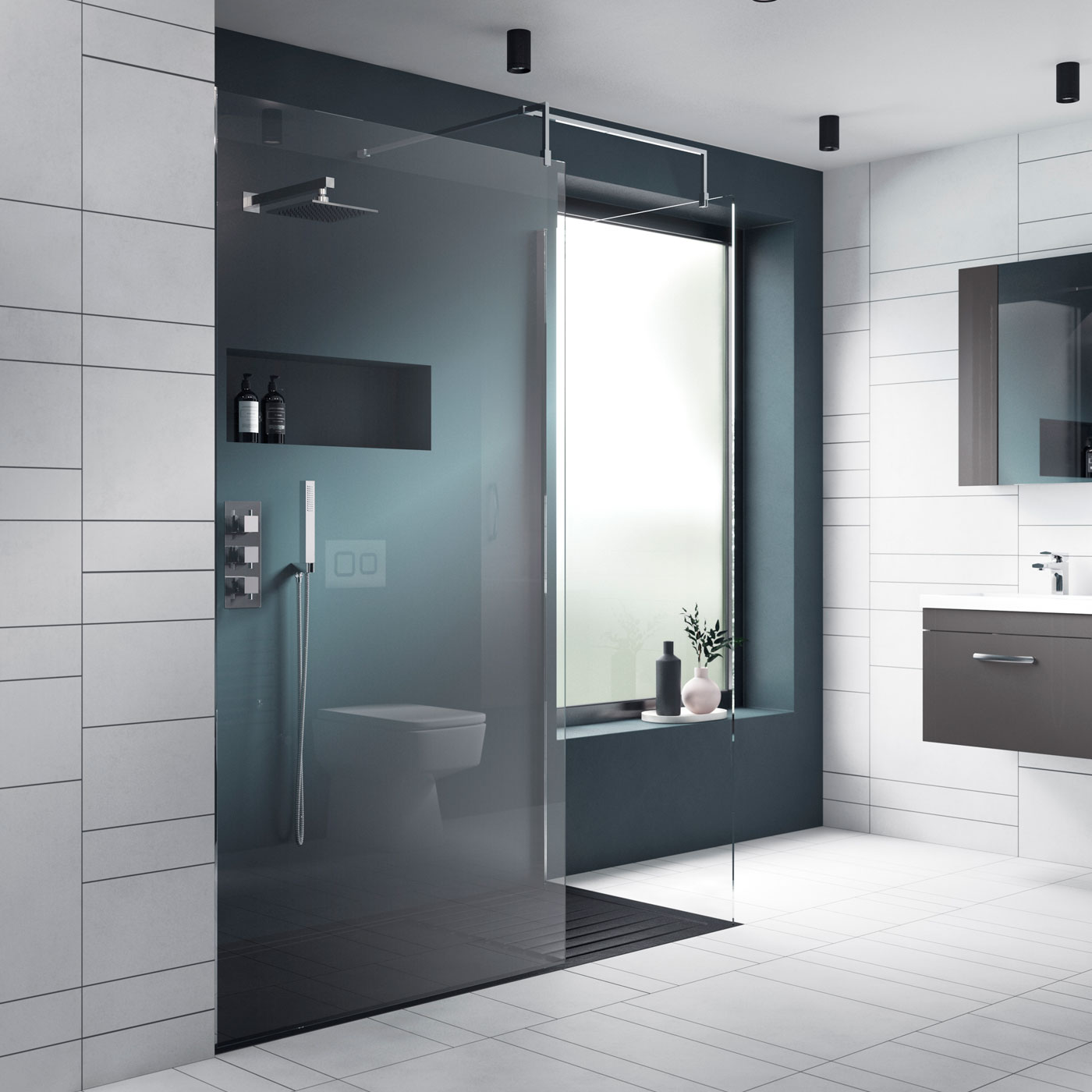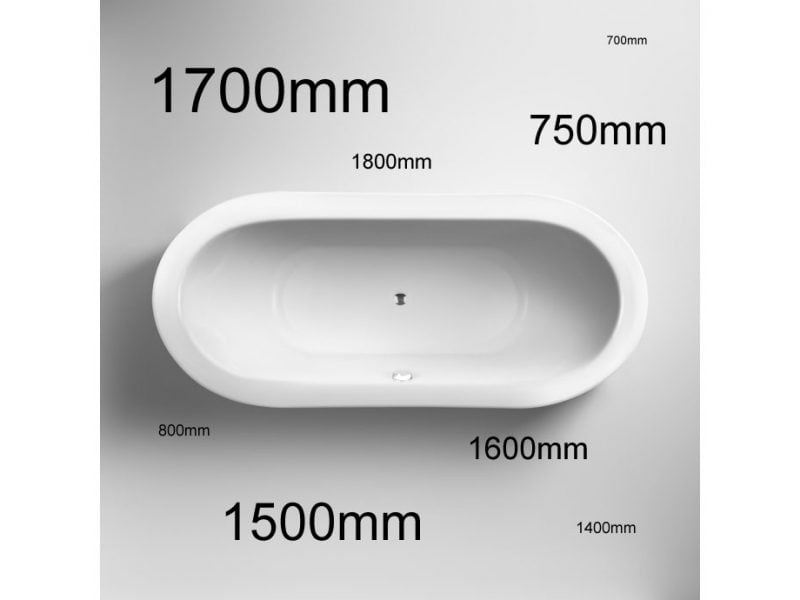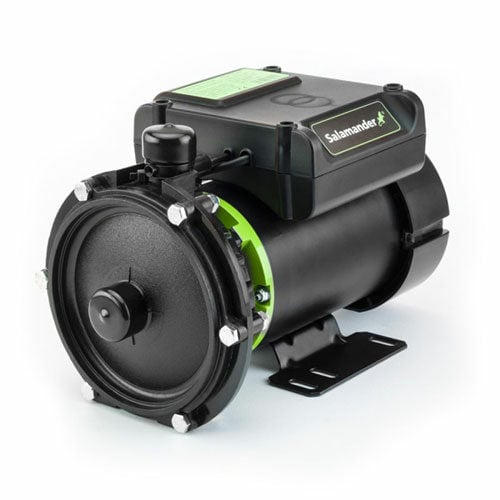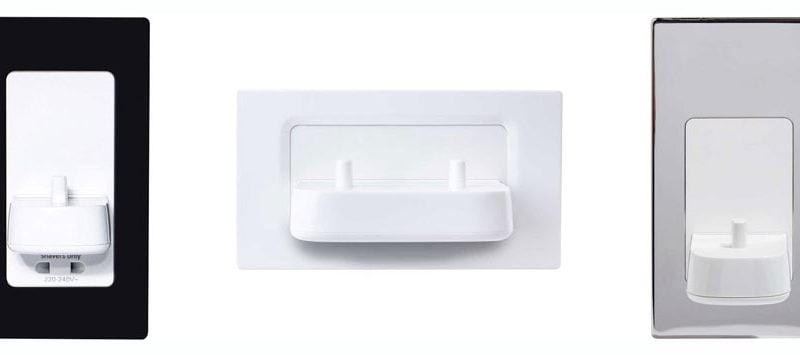How to get a wet room from the council
Are you thinking about getting a wetroom fitted in your home by the council? You’re in the right place! Read on for information about the process, from Disabled Facilities grants to Minor Adaptions funding. We’ll take you through each step, from application to installation.
Wet rooms are waterproof spaces in bathrooms that function as a walk-in shower system. Designs and features vary. Some are elaborate, while some more simplistic ones only need glass screens and a floor tray to catch the water.
More and more people are opting for a wet room in their homes, as they offer a more modern and convenient alternative to a traditional shower cubicle. They can free up space in your bathroom, giving you a more modern and open feel than a traditional cubicle style shower.
For older people and those of us who are less mobile, wetrooms provide an excellent bathroom safety solution. A walk-in shower saves you from having to climb into a traditional shower or bathtub, meaning you can wash more easily. A wetroom is more accessible than an ordinary bathroom, particularly if you are disabled, elderly or unwell.
Who can get a wet room from the local council?
If you’re disabled, you are eligible to apply for funding to fit a wetroom in your home. It doesn’t matter what age you are- you can receive financial help if you have a disability that requires you to make accessibility adaptations to your home.
Many older people get a wetroom fitted as they become less mobile. You’ll be eligible if you are less able to get in and out of the shower or bath, whether due to arthritis or any other mobility issue.
If you’re ill, you may also be eligible for one of the government’s care grants.
What kind of help can the council offer?
If you live in a council property, your local government authority should pay for any major adaptations that you are assessed as needing.
If you’re a private tenant or homeowner, your local government offers two main sources of financial help: the Disabled Facilities Grant and the Minor Adaptation Grant.
Disabled Facilities Grant
A Disabled Facilities Grant covers the cost of larger home adaptations. This can mean anything from widening your doors and improving your central heating system to installing a new bathroom or walk-in shower.
In England, you can receive up to £30,000 for these large projects. The grant amount you receive will vary. Your Disabled Facilities Grant is means tested, meaning your household income and savings are taken into account, along with your accessibility needs.
Once approved, you are paid either in instalments or in full. In some cases, local councils will organise the work to be done, saving you from having to coordinate it yourself.
Minor Adaptations Grant
If you need to make small adaptations to your property, like fitting grab bars in your bathroom or adding a light by your front door, you shouldn’t have to go through a means-tested assessment process.
Smaller adaptations usually cost less than £1,000, so your local council will usually cover the cost of these smaller works projects. It should organise the work for you, sending a licensed tradesperson to your property to complete the work.
If the work necessary totals less than £1,000, this can be covered by the Minor Adaptations Grant. These are almost always provided by local councils. If you need minor work done in your house to improve accessibility, get in contact with your local authority today.
Home improvements covered by grants
There is a wide range of home improvement services that can be covered by government-issued grants. A care assessment will determine what improvements will benefit you the most.
In terms of minor adaptations, this includes (but is not limited to) providing: rails and bannisters, concrete steps or a ramp, motion-activated outdoor lights and intercom systems, a dropped curb, shower stools and bath seats, raised toilet seats and commodes, and tap upgrades.
Bigger adaptations can be covered by disabled facilities grants. These improvements include the installation of a new downstairs bathroom, the conversion of your existing bathroom into a wetroom, the fitting of a stairlift, the lowering of kitchen worktops and widening existing doorways to improve accessibility.
How to get a wet room from your local council
Read on for guidance about how to apply for a Disabled Facilities Grant from your local government. The application process can seem complicated, but there’s no need to feel overwhelmed. Applying for a care grant is definitely worth it! There is a wide range of services available to meet your individual needs.
Apply for a care needs assessment
To apply for a Disabled Facilities Grant, you’ll first need to apply for a home assessment. To do this, you can call your local council, or apply online through the government website.
For the assessment, an occupational therapist will visit you at your property. It’s recommended that you have someone else with you (like a friend or relative), as they may help to explain to the therapist your situation and needs.
Make sure you tell them everything you struggle with at home. This will help them to get an accurate idea of what you need. Together with the therapist, you will draw up plans to support your mobility.
Check that you are eligible for funding
After your assessment, the council will be in touch to let you know about your funding eligibility.
To qualify for funding, you must live or plan to live in the property for five years. If you are a tenant, you must have written permission from your landlord before applying for home adaptations. Landlords can also apply on behalf of their tenants.
Your grant application should be approved if the work is deemed necessary to help you in your day-to-day life.
Claim your grant
The way you claim your money from the local authority will vary depending on where you live.
Grants are paid in two ways: in installations as the work progresses, or in full after the work is complete. The council may also pay the contractor directly, or you may get a check to pass on to them. They will confirm this with you when your application gets approved.
Build your bathroom
Once you have claimed your grant, you can go ahead with the adaptations your property needs. This may be organised through the council, or maybe in your hands to organize. If you’re coordinating the work yourself, it is a good idea to get in contact with retailers’ customer support service.
Inform them of your disability grant, and they will be able to advise you about VAT exemption. You may be eligible for 0% VAT, or a reduction if you are over the age of 60.
What to do if your grant is refused
If the council decides that you are not eligible for a disabled facilities grant, they will not provide any equipment, adaptations or financial aid. They will, however, give you free information and advice about your options. They will advise you where to buy equipment.
If your council assistance is refused, don’t panic! There are several other routes to help you make the changes you need to your home:
Home Improvement Agencies
Home Improvement Agencies is a government-funded organisation that can assist you with getting quotes, drawing up plans, home visits and finding financial help, as well as giving general advice on advantages and disadvantages. Their website also has a list of trusted tradespeople.
Charity assistance
Many charitable organisations can help with grants. The ACT Foundation provides grants to support disabled people with building projects. Similarly, Turn2Us also gives grants to those who are disabled or ill.
Disability-related financial support
If you’re disabled, you may be eligible for government benefits. There is a wide range available, including Universal Credit, Disability Living Allowance (DLA), Attendance Allowance and Employment and Support Allowance (ESA). Though these might not cover the whole amount of your bathroom adaptations, they may help toward them.
VAT relief
If you are disabled, your adaptations may be exempt from VAT. Though this won’t provide financial aid, it can certainly help to bring costs down. Find out more about this on the government website.
Council Tax reductions
If adaptations made to your home increase your Council Tax into a higher band, you may be entitled to a discount under the Disabled Band Reduction Scheme.
If you’re unhappy with your council’s assessment decision, you can appeal it. This can be done by contacting them, over the phone or on your council’s website.
If you’re not satisfied with their response, you can register a complaint to the Local Government Ombudsman. They may intervene and request the Council to reconsider their decision.






